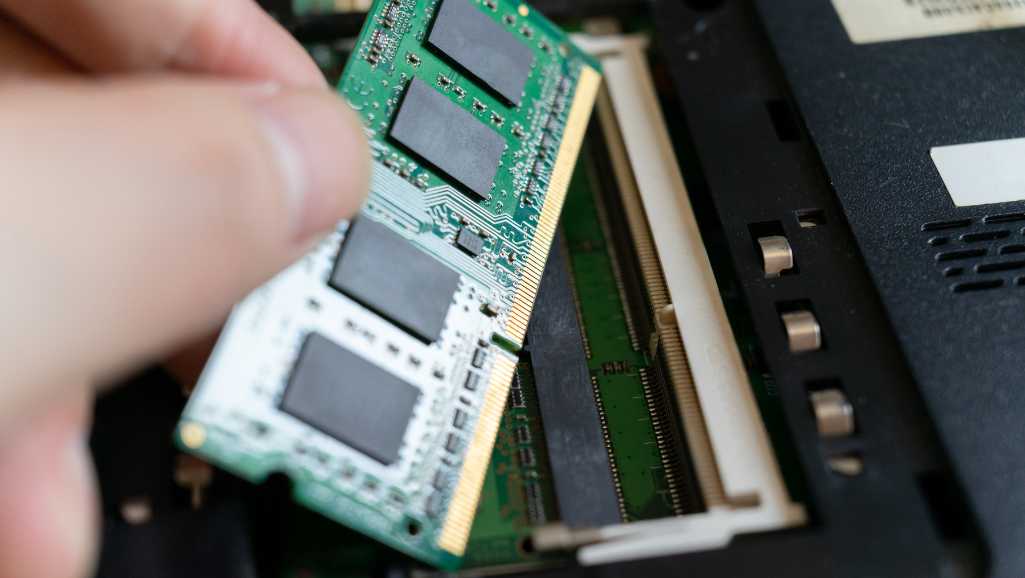
The Ultimate Guide to iMac RAM Repair
The iMac is outstanding in that it represents the Apple brand, which signifies performance, design, and reliability in desktop computing. Thus, professionals and technology fans


Photo via Canva

Photo via technologiate

Photo via Canva

Photo via Apple Insider

The iMac is outstanding in that it represents the Apple brand, which signifies performance, design, and reliability in desktop computing. Thus, professionals and technology fans

Do you have a trusty Lenovo laptop that’s been feeling a bit sluggish lately? You’re not alone. Over time, even the most reliable machines can

In the ever-evolving world of personal computing, the quest for the perfect setup is relentless. Among the myriad of components that make up a PC,
|
*We are OPEN on 3 May 2025 (Polling Day). CLOSED ON 1 May 2025 (Labour Day) |